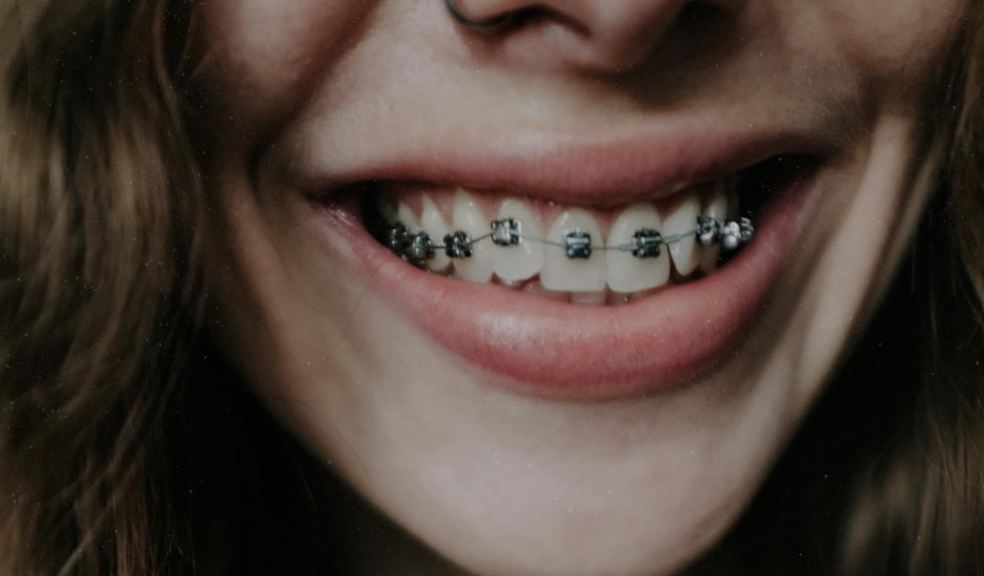
All you need to know about wearing dental rentainers
A retainer is an important part of your dental care, especially after you’ve had braces. While not mandatory, wearing a retainer is essential if you aim to maintain straight and properly aligned teeth in the long term. Retainers comes in different types, giving you flexibility when choosing the right one. Options range from custom-made and removable devices like the Angel Aligner to permanent retainers that can last months inside your mouth. In this article we look at retainers, their potential side effects and why they are the famous choice for patients.
Benefits of Wearing Retainer
Wearing a retainer ensures that your teeth remain in their new original position forever. Without a properly fitted retainer, your teeth will gradually return to the original position after braces. Teeth shifting after removing braces can affect your bite, alignment and how the retainer will fit in your mouth. Ignoring a retainer for a long period may result in more problems, like crooked teeth, that will need more time and effort for an orthodontist to correct. Always do as instructed by your orthodontist to get the best results from wearing a retainer.
What is the Difference Between Fixed and Removable Retainers
Permanent retainers or fixed retainers are glued on the teeth by a bonding agent. They are mostly used on upper, lower and or front teeth to prevent them from shifting or coming apart. Orthodontists are responsible for putting and removing this type of retainer. On the other hand, removable retainers can be worn and removed anytime. They come in different types for example traditional retainers, which are characterised by acrylic or plastic connected by a piece of wire. Clear retainers are similar to traditional retainers but without any wires. Both types are custom-made.
Disadvantages of Dental Retainers
Despite being a crucial part of your orthodontic care, retainers can have some side effects regardless of whether you are wearing them right or wrong. Below are some of the disadvantages of both permanent and removable retainers.
Can Cause gum Disease
Food may be trapped between the retainer and your teeth. People with poor oral hygiene like not properly cleaning the retainer or brushing regularly, may suffer from gum diseases as a result of harmful bacteria growth.
Cavities
Dental retainers can create crannies and or nooks where bacteria and food particles may be trapped. Poor hygiene practices like failure to regularly and thoroughly clean your retainer may result in cavity formation. This condition may occur when teeth are in contact with food debris for a long time.
Soreness and Discomfort
For the first time, wearing a new retainer may cause soreness or discomfort in your mouth before your teeth adjust to the device. Also, if the retainer is too tight or too loose, you may feel discomfort that may translate to a little pain in the gum. The discomfort may extend to gum irritation where the edge of the wire meets the teeth. However, you may overcome gum irritation by using orthodontic wax or adjusting your retainer to fit well.
Speech Impediment
Most people experience a change in speech, especially if it is their first time. Lisping is one of the main challenges that people face when on retainer for the first few days or weeks. With time and practice, most individuals regain their normal speech patterns.
Final Thought
Retainers, either removable or permanent, are a dependable choice for maintaining teeth alignment. Like all other dental appliances and devices, you need to care for and maintain your retainer to maximise its effectiveness. Understanding the common challenges people face when wearing retainers is crucial to comprehending their functionality and the potential benefits they offer.











